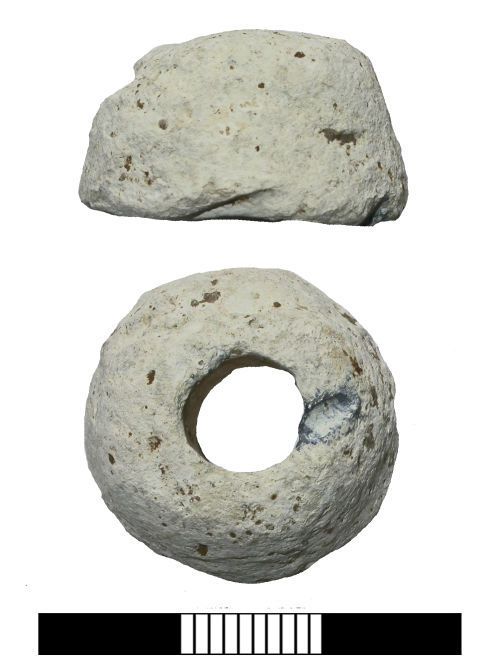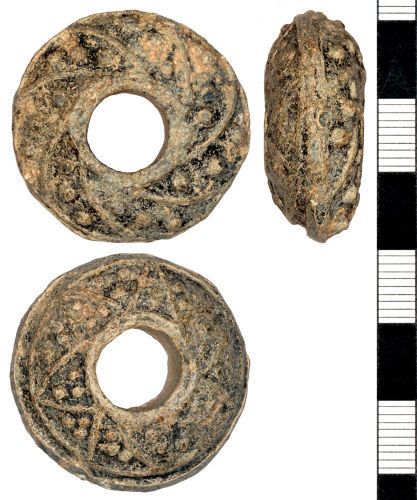Dating lead spindle whorls
Dating > Dating lead spindle whorls
Click on link to view:
※ Dating lead spindle whorls - Link
※ Sandy1995 ♥ Profile

Lead spindle whorls were commonly used in the Iron Age, Roman, Anglo-Saxon and medieval periods, but the ornamented examples are likely to be post medieval and date to the Tudor era. If the spindle is rotated clockwise, the yarn produced has a Z-shaped pattern to the twist; if rotated counterclockwise, an S-shaped pattern is created.

Yes these items are surprisingly common in plough soils as metal detecting finds though you dont see many turn up in the published small finds reports for archaeological excavations. Reading this you may think that by the Tudor period there would have been no need for these lead whorls. Viking Artefacts: A Select Catalogue.

The Medieval Period (1100AD - 1499AD) - I also hope that after reading this you also will know a little more about them, their history and the way in which they were used. Drop Spindles are a popular type of suspended spindle and get their name because the spindle is allowed to drop down while the thread is formed, allowing for a greater length of yarn to be spun before winding on.

Decorated lead spindle whorl Period: Medieval Description: This a spindle whorl. A spindle is a wooden spike with a circular weight or whorl at one end. It was used for hand-spinning wool into thread. Spindle whorls are common archaeological finds. Most date from the Iron Age and the medieval period although some may have been used as recently as the 19th century. This spindle whorl was found near Glenluce by a metal detector user. It is made of lead and is decorated on both sides with a pattern of rays and pellets. It probably dates from the Middle Ages. Metal spindle whorls are quite rare. Most of the spindle whorls found in Wigtownshire are made from stone or perforated fragments of pottery.
Last updated